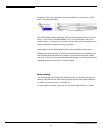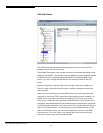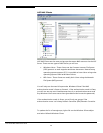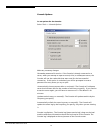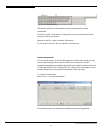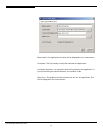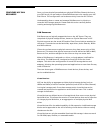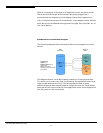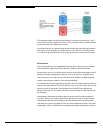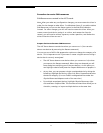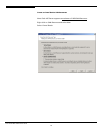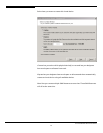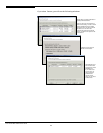
CONFIGURE ASC SAN
RESOURCES
Once you have physically attached your physical SCSI/Fibre Channel devices to
your ASC Server you are ready to create SAN Resources to be used by your ASC
SAN Clients. This configuration can be done entirely from the ASC Console.
Understanding how to create and manage SAN Resources is critical to a
successful ASC storage network. Please read this section carefully before
creating and assigning SAN Resources.
SAN Resources
SAN Resources are logically mapped devices on the ASC Server. They are
comprised of physical storage devices, known as
Physical Resources
in ASC.
Physical resources are the actual SCSI and/or Fibre Channel devices attached to
the server. These devices can be hard disks, tape drives, device libraries, JBODs
and RAID cabinets.
Clients do not have access to physical resources; they have access only to SAN
Resources. This means that physical resources must be defined as SAN (or NAS)
Resources first, and then assigned to the clients so they can access them
When a SAN Resource is assigned to a client, a virtual adapter is defined for
that client. The SAN Resource is assigned a virtual SCSI ID on the virtual
adapter. This mimics the configuration of actual SCSI storage devices and
adapters, allowing the operating system and applications to treat them like any
other SCSI device.
There are three types of SAN Resources: virtual devices, direct devices, and
service enabled devices.
Virtual Devices
ASC has the ability to aggregate multiple physical storage devices (such as
JBODs and RAIDs) of various interface protocols (such as SCSI or Fibre Channel)
into logical
storage pools
. From these storage pools, virtual devices can be
created and provisioned to application servers and end users. This is called
storage virtualization
.
Virtual devices are defined as sets of storage blocks from one or more physical
hard disk drives. This allows the creation of virtual devices that can be a portion
of a larger physical disk drive, or an aggregation of multiple physical disk
drives.
Virtual devices offer the added capability of disk expansion. Additional storage
blocks can be appended to the end of existing virtual devices without erasing
the data on the disk.
Virtual devices can only be assembled from hard disk storage. It does not work
for CD-ROM, tape, libraries, or removable media.
Acer Altos® NAS 700 Solution Guide
73



